A three-week safari odyssey through the highlights of Botswana and Zimbabwe last month immersed us in the fascinating wildlife and stunning scenery of this region.
Here is a series of images from this epic trip.

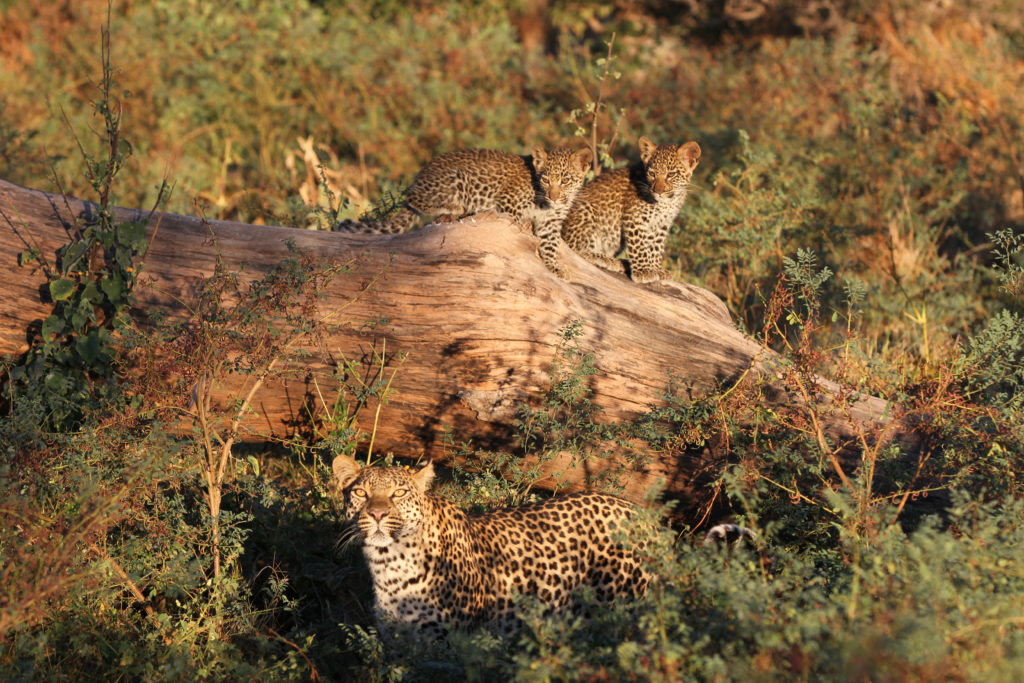
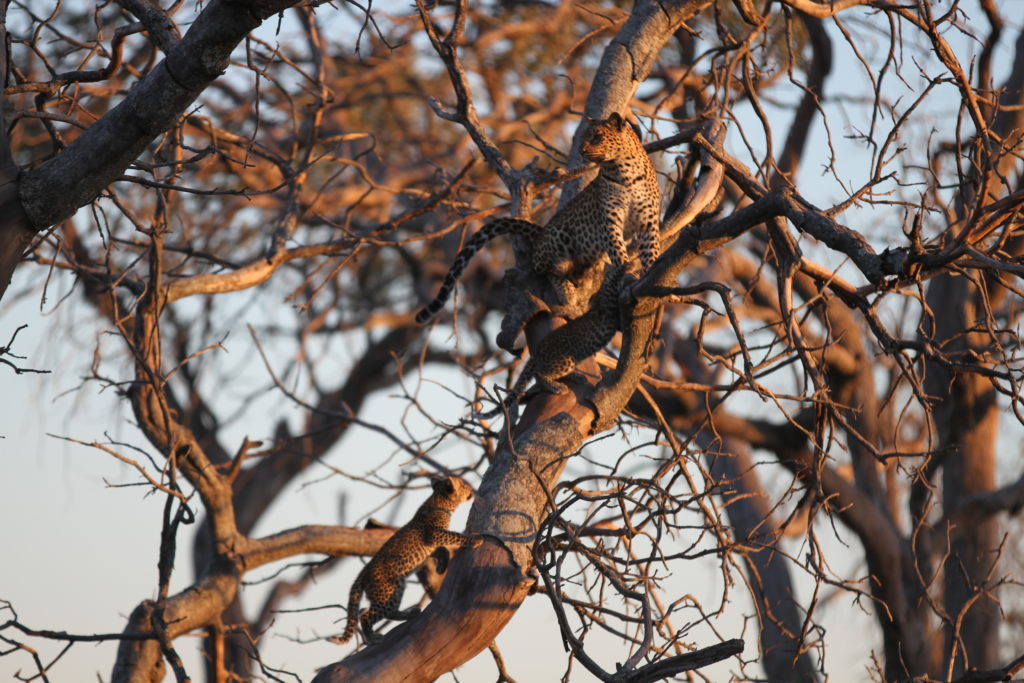

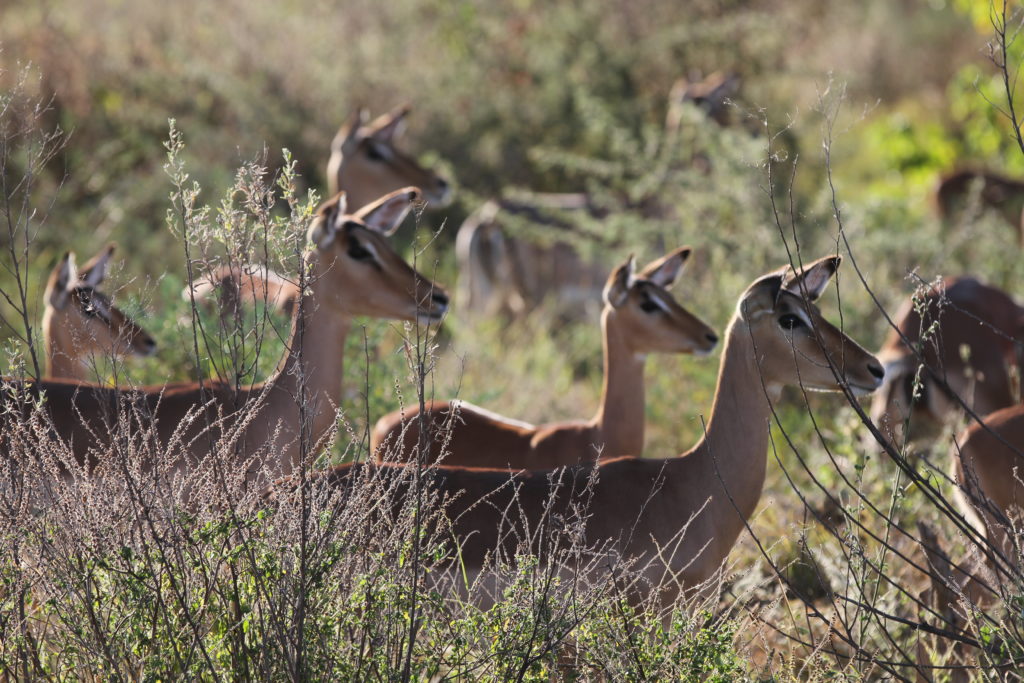
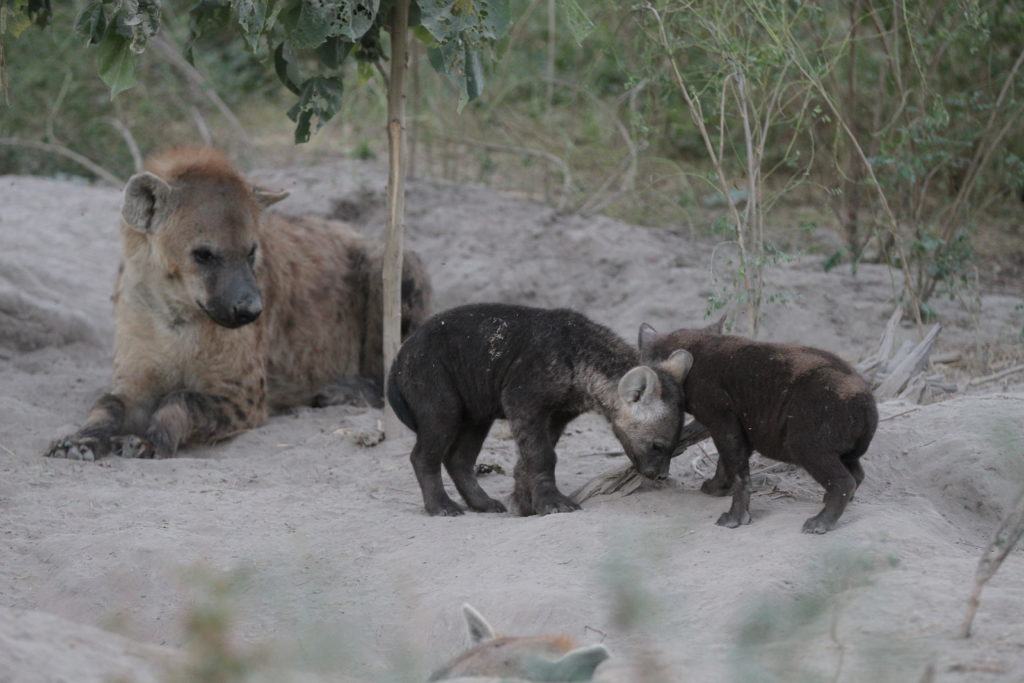



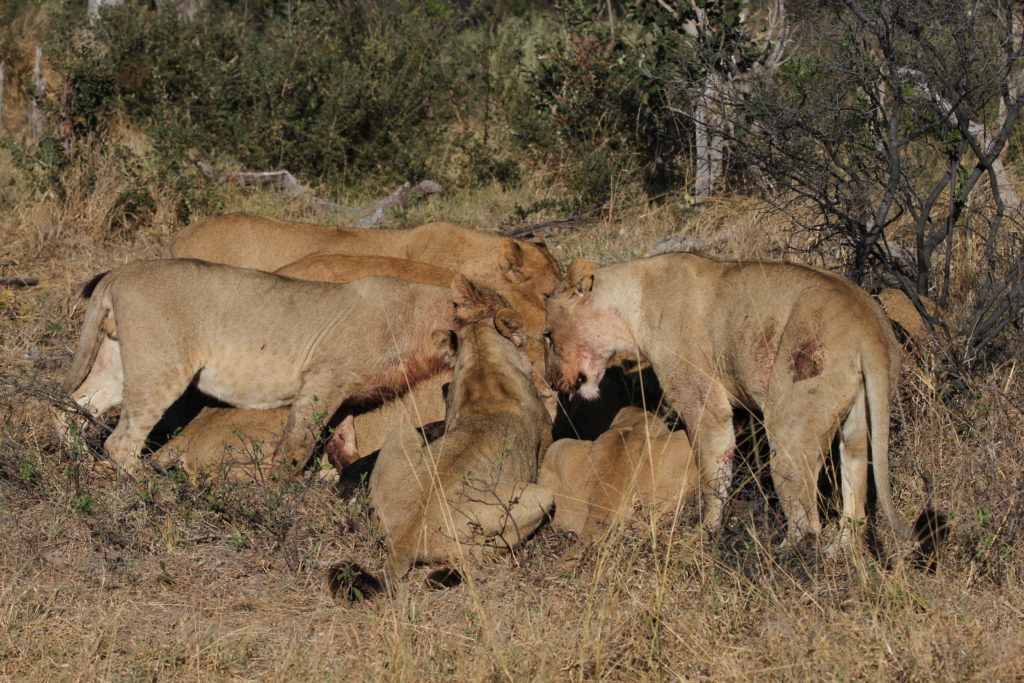

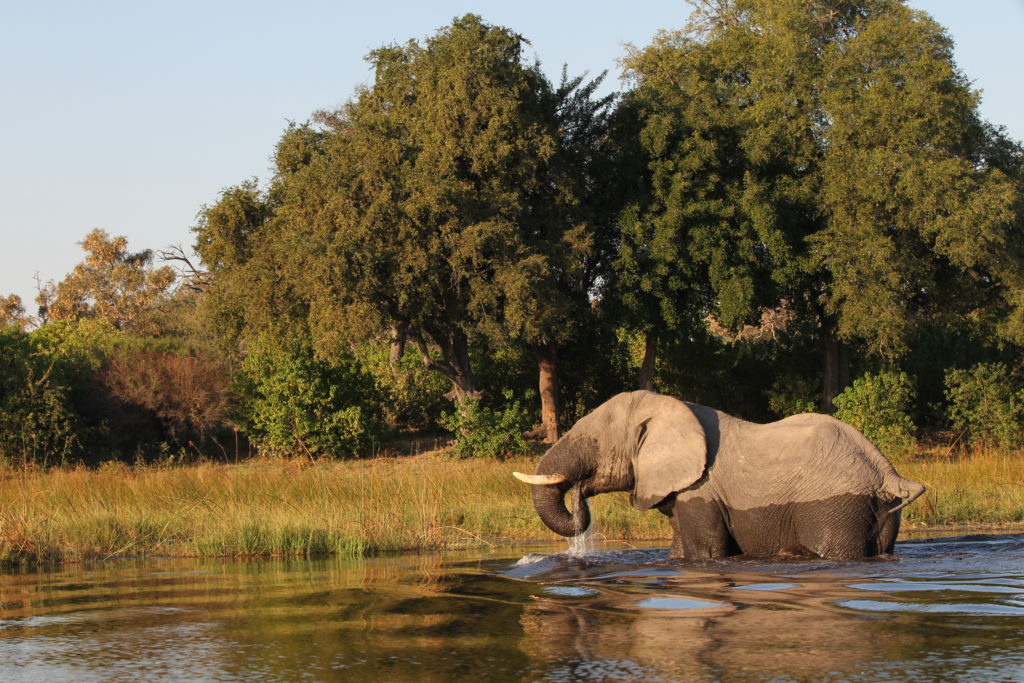




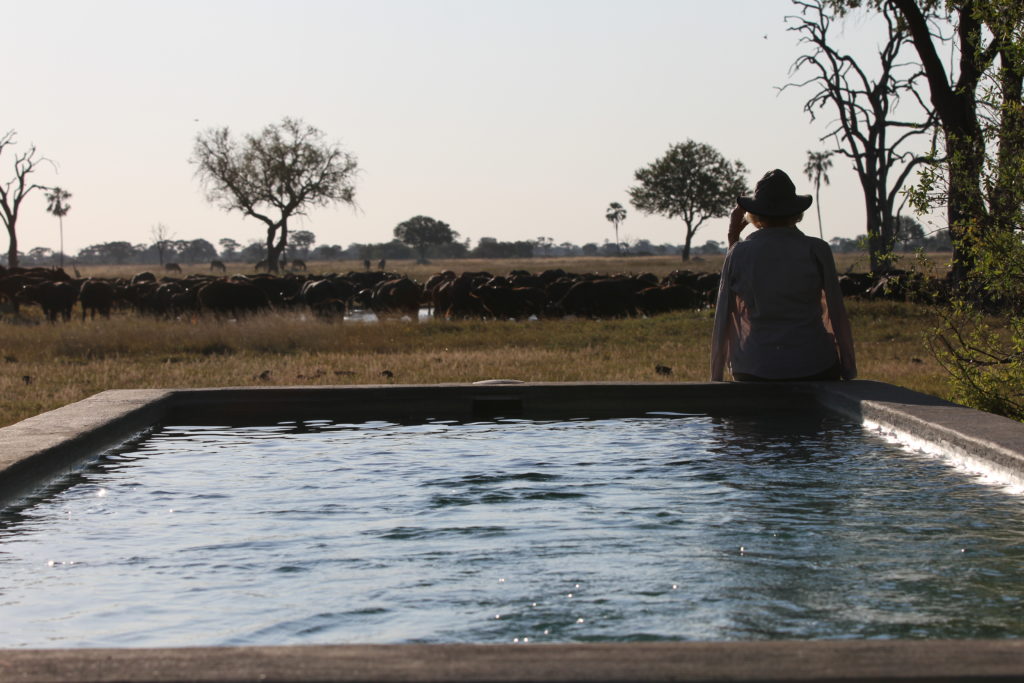
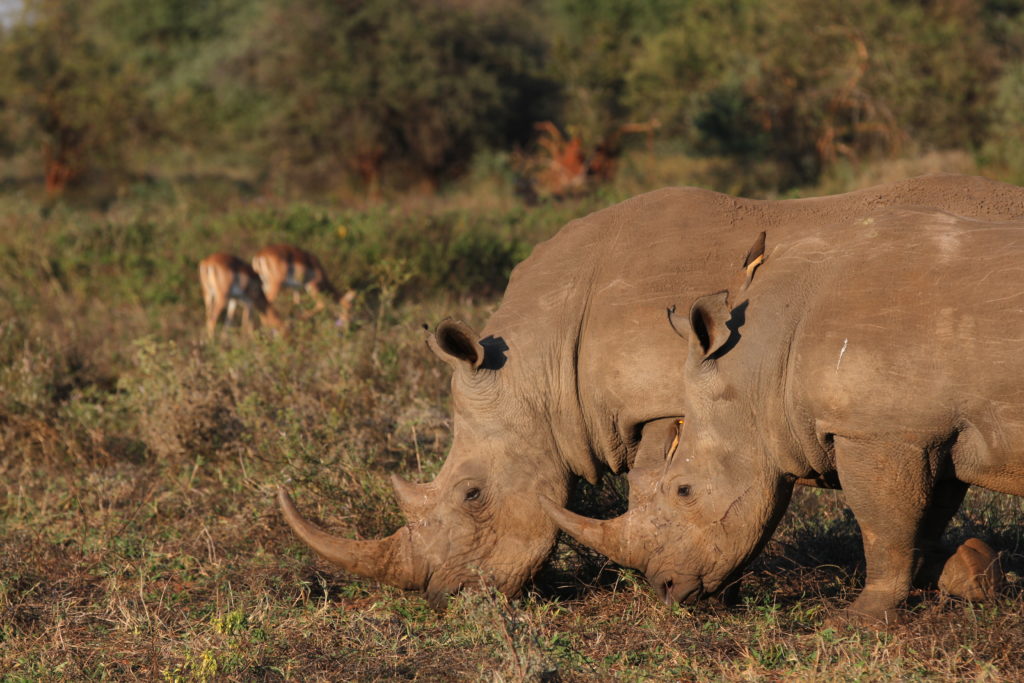

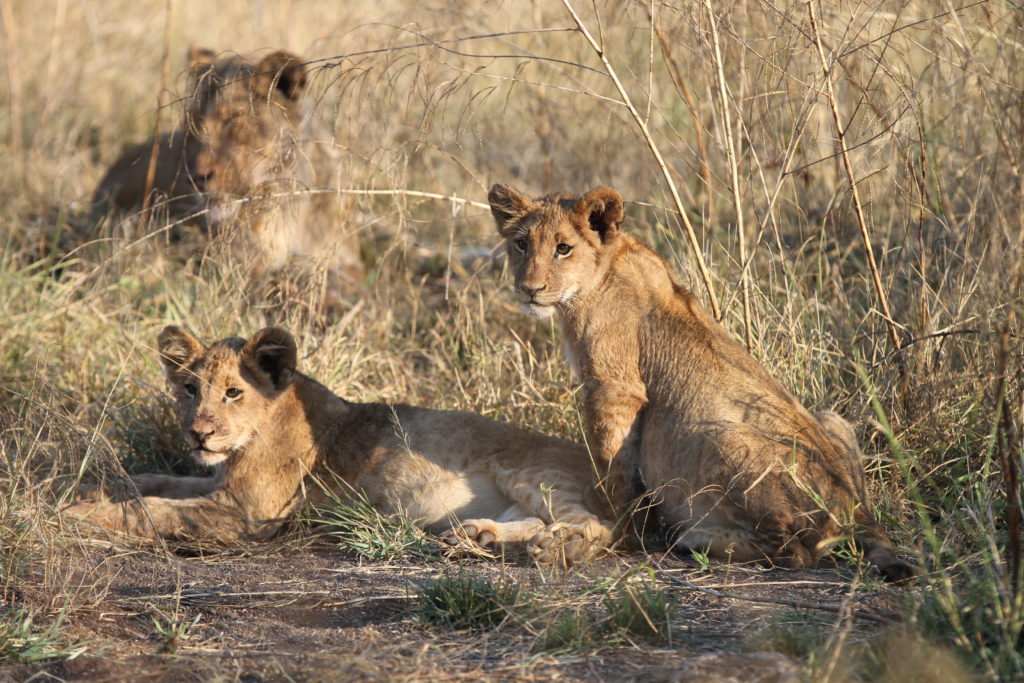

A three-week safari odyssey through the highlights of Botswana and Zimbabwe last month immersed us in the fascinating wildlife and stunning scenery of this region.
Here is a series of images from this epic trip.





















Enjoy our new short video on the essence of the private guided safari experience in Africa. The Original Ker & Downey Safaris has been in operation for more than 70 years, and I am so proud to be a partner and director of the company that outfits my safaris.

Good viewings of cheetahs always add enormously to the safari experience. Over the past twelve months, with so much time at our Mara home in Enonkishu, we’ve had the privilege of regular sightings of one female who has defied the odds and raised six cubs through their first year. Typically, cheetah mothers lose many of their young. But Kisaru, fast becoming our local mascot, has become so adept in her hunting of gazelles and impala that she has kept her brood of six alive and well.
In December, we had the excitement of observing this cheetah family from our rooftop as Kisaru chased some antelope into the nearby bush. Since then she’s made regular appearances nearby, providing wonderful viewings for those of us lucky enough to call this paradise home; I only wish I could be sharing it all with guests who would have been on safari with me over the past couple of months! At least some good friends from Australia enjoyed a visit in February before the pandemic, and got to see our resident cheetah family enjoy a big meal after Kisaru made a swift, successful hunt of an unsuspecting impala.
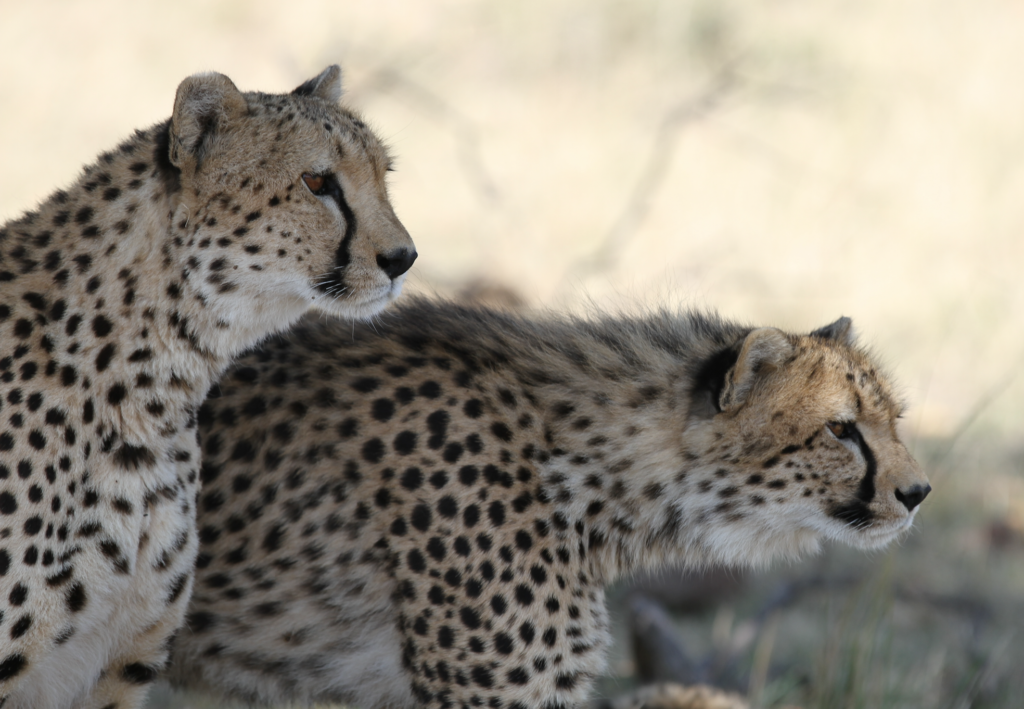


Every time I explore the vast Mara-Serengeti ecosystem I’m reminded that it truly does hold the greatest wildlife viewings on Earth. We’ve preserved some really fun and memorable moments of this magical place during a recent safari. Depending on the time of year, the Mara or the Serengeti is an absolute must for any inaugural safari, and perhaps even for a second or third safari as well! A few days under canvas in the heart of this region will be rewarded with outstanding big cat viewing, and always the chance of witnessing their mesmerizing predatory behavior.
A visit with the mountain gorillas of Rwanda and Uganda has been celebrated as one of the very best wildlife experiences on the planet. Immersing ourselves for a day or two within the tangled montane forests that are home to these magnificent creatures is something that my guests and I count as an enduring privilege. The Virunga and Bwindi forests have also been a conservation success story with gorilla populations nearly triple what they were in the early 90s! Now with some of the most stylish boutique safari lodges in Africa, Rwanda has become one of my more popular – and favorite – safari destinations.
For this year’s Giving Tuesday, we hope you will consider donating to the Lion Guardians, who work towards the coexistence of people and wildlife in the Amboseli area. Several of my guests have supported the individual Lion Guardians working on the ground in and around Kitirua Conservancy, our private safari area next to Amboseli National Park. Metito, Laen, and now Lankoi are local Maasai warriors turned guardians of the lions in this critical corridor for wildlife at the base of Kilimanjaro. There are many ways to help the Lion Guardians, all of which are detailed on their excellent website:

It’s 2am and from my bedroom here in my Mara home I hear the lion roaring. There is no other sound that evokes such a primeval sense within us; a reminder that this is an animal for whom primates are on the menu. Having spent countless hours over the past 25 years watching these apex predators, I now imagine this one, patrolling his or her territory in the African darkness, and feel privileged to live here where the wild things still roam free.

There is something about “Simba”, the largest of our big cats, that mesmerizes us. Ever since humans could record their feelings, lions have featured in our art, as evidenced by the life-size cave lions drawn in the 28,000 year old paintings at Grotte Chauvetin in France (https://www.ancient.eu/Chauvet_Cave/).

Today, we photograph, study, listen to, and watch these magnificent beasts; the fascination continues no matter where we are. Last month, in the heart of New York City and far from our home in Kenya, we took Ollie and Halina to see The Lion King on Broadway and at the movie theater. The artistry and storytelling inspired by our feared and revered feline friends are truly things to wonder at – although we still think the hyenas got a raw deal!
Over the years, I’ve been so privileged to share the joy of my guests when they see their first wild lion. Of all the places in lion country, the Masai Mara in particular is perhaps the ultimate location for spending time with lions. In Amboseli, as the local lion population has increased over the past decade, we’ve also had outstanding experiences in our private conservancy there, Kitirua. This lion recovery has been aided significantly by the fantastic conservation work being done by our friends at the Lion Guardians program. Recently, several of my safaris have had the special opportunity to visit the Lion Guardians camp in Amboseli and get some insights into how this unique and dynamic project operates. You can learn more about their work here (http://lionguardians.org).
My own safari work, as well as Steph’s carnivore research, have enabled me to learn so much about lions and the immense challenges humans face living alongside lions in the 21st century living. Sharing ideas and discussing issues related to lion conservation can bring even more to the experience of seeing one of the most impressive wild animals on the planet, which in turn will help us conserve lions, and be inspired by them, for generations to come.


Photos by Max Melesi, taken on safari with me in June, 2019.
I have just sent out a newsletter, and it’s all about the elephants!
For me, across my many years leading safaris through the African bush, the stand-out animal to observe, photograph, and simply just be amongst is the elephant.
Since Hannibal marched on Rome in the third century BC with a cavalry of these exceptional beasts, and the western world had its first taste of the their potential might, they have captured human imagination. Two thousand years ago there were most likely millions of elephants across the African continent…
As Halina rides up to our almost-finished Mara house on her Ethiopian pony, I pause and consider our family story, and how it has brought us to living here, on the edge of the greatest wildlife location on earth. Our home looks out over the great plains that stretch south across 10,000 square miles of Africa’s best. A region that has drawn Masai pastoralists, safari guides and carnivore biologists alike over recent centuries. Glancing from Oliver to the Masai school children nearby it strikes me that they will also play their part in the future of this great land.
We’ve just had the satellite internet connected so now I can sit at my desk looking at the giraffes and zebras outside my window and plan out next year’s expeditions and safaris. And while I tap out emails to friends and colleagues around the globe I’m reminded that gathering the family around the hearth (or the giraffes!) here at home is the most fulfilling of all feelings; shared equally by us and our Masai neighbors.
Once in a while an experience is truly exceptional, even for a guide who’s been at it for twenty years. This July I had the privilege of traveling to the land of the Hadza people on the shores of Lake Eyasi, within Tanzania’s slice of the Great Rift Valley. This tribe of hunter-gatherers retains an incredible connection to the African bush and the wild lives found there. They continue a lifestyle that spans hundreds of thousands of years, and they were willing to share it with us.
Accessing this remote location by helicopter ensures we arrive when the fun starts, at dawn. We quickly set out towards the current hunting grounds, enthralled with the enthusiasm for the chase, and the precision of their tracking skills. The men are soon tracking an eland, but it eludes us when the footprints disappear into the the rocky hills, where the animals spend time during the dry season. At the end of the session, the main spoils include tree squirrels and rock hyraxes, which are cooked over coals. If ever there was a time we could reconnect with that primeval drive to provide our own supper, this was it.
Land easements and conservation measures of the land the Hadza have traditionally lived on ensure a secure, core area for them to dwell in for now. However, there was a definite feeling amongst us that we were witnessing something special, and perhaps passing, from another time.